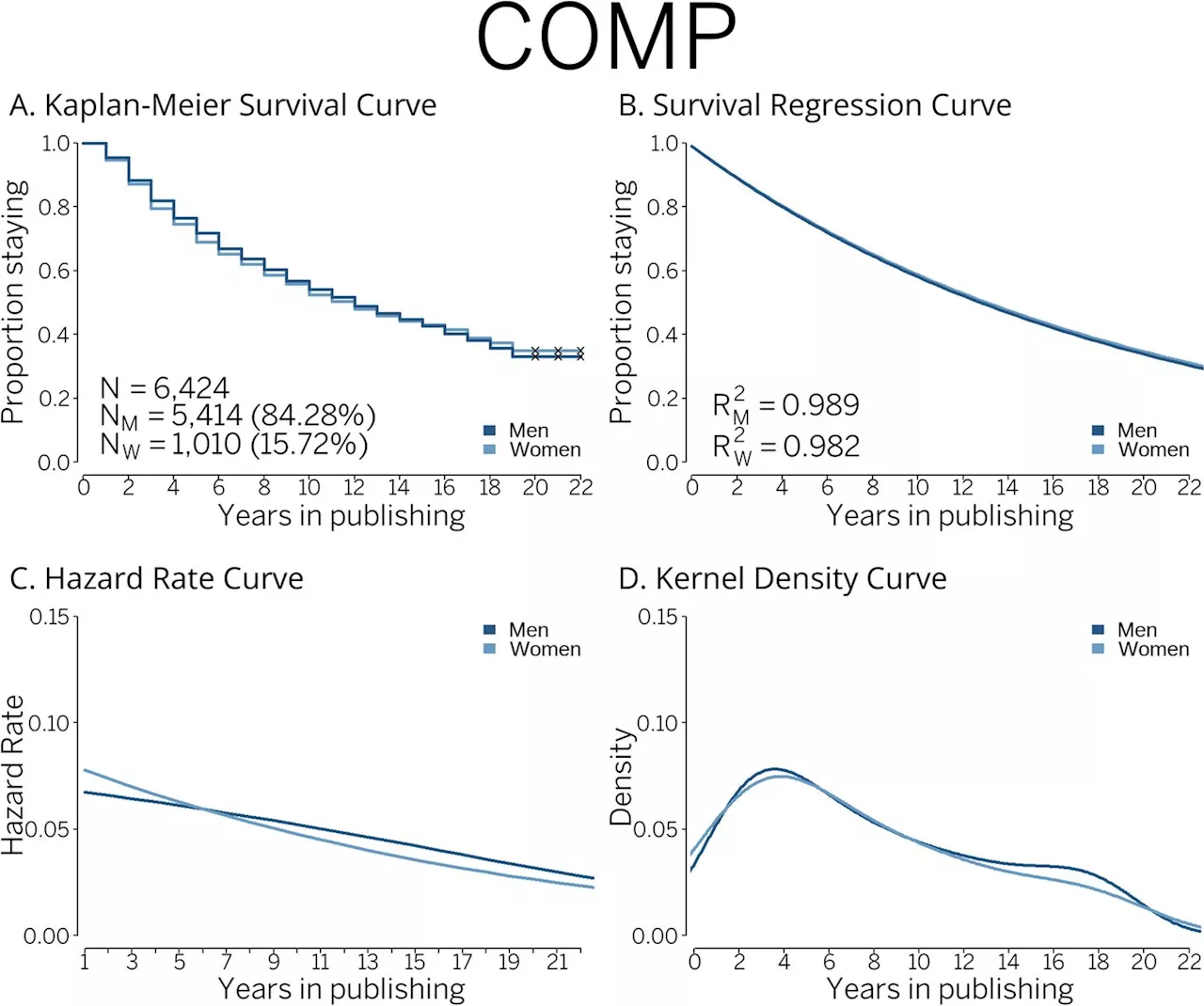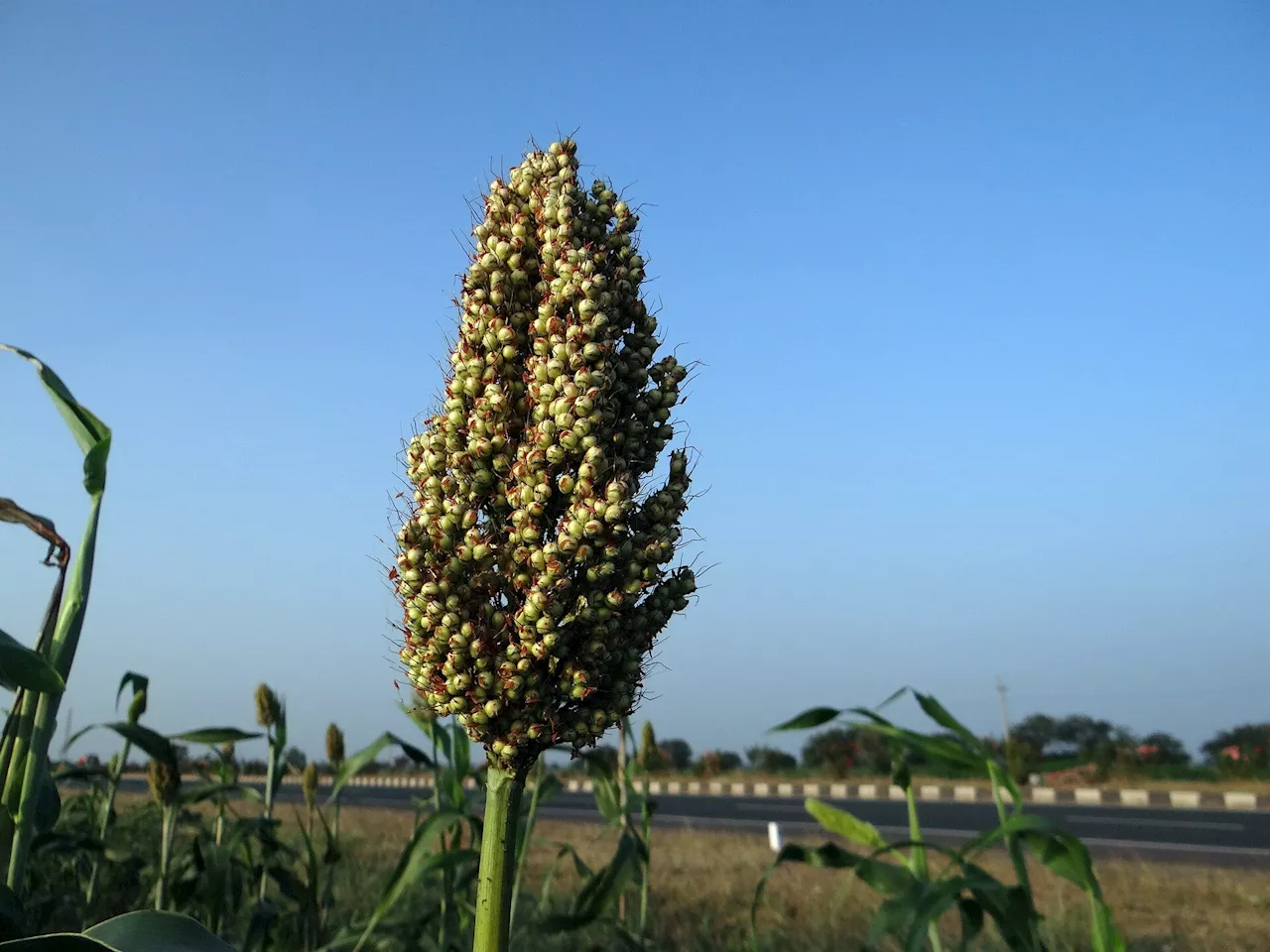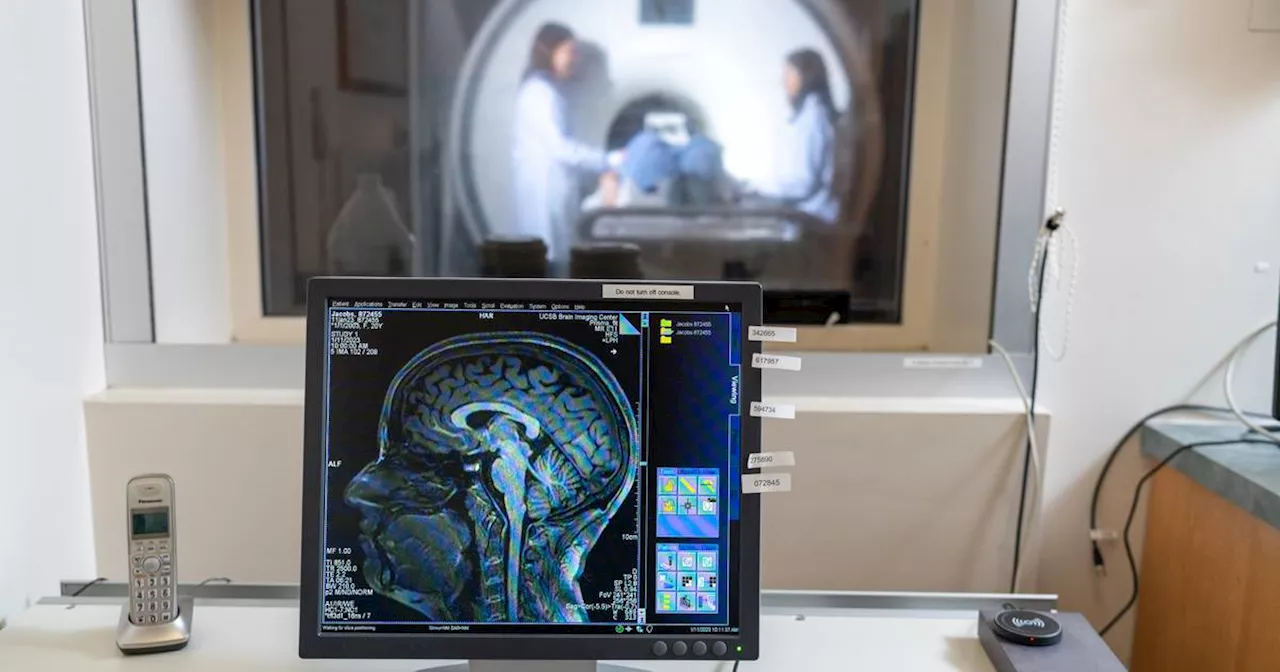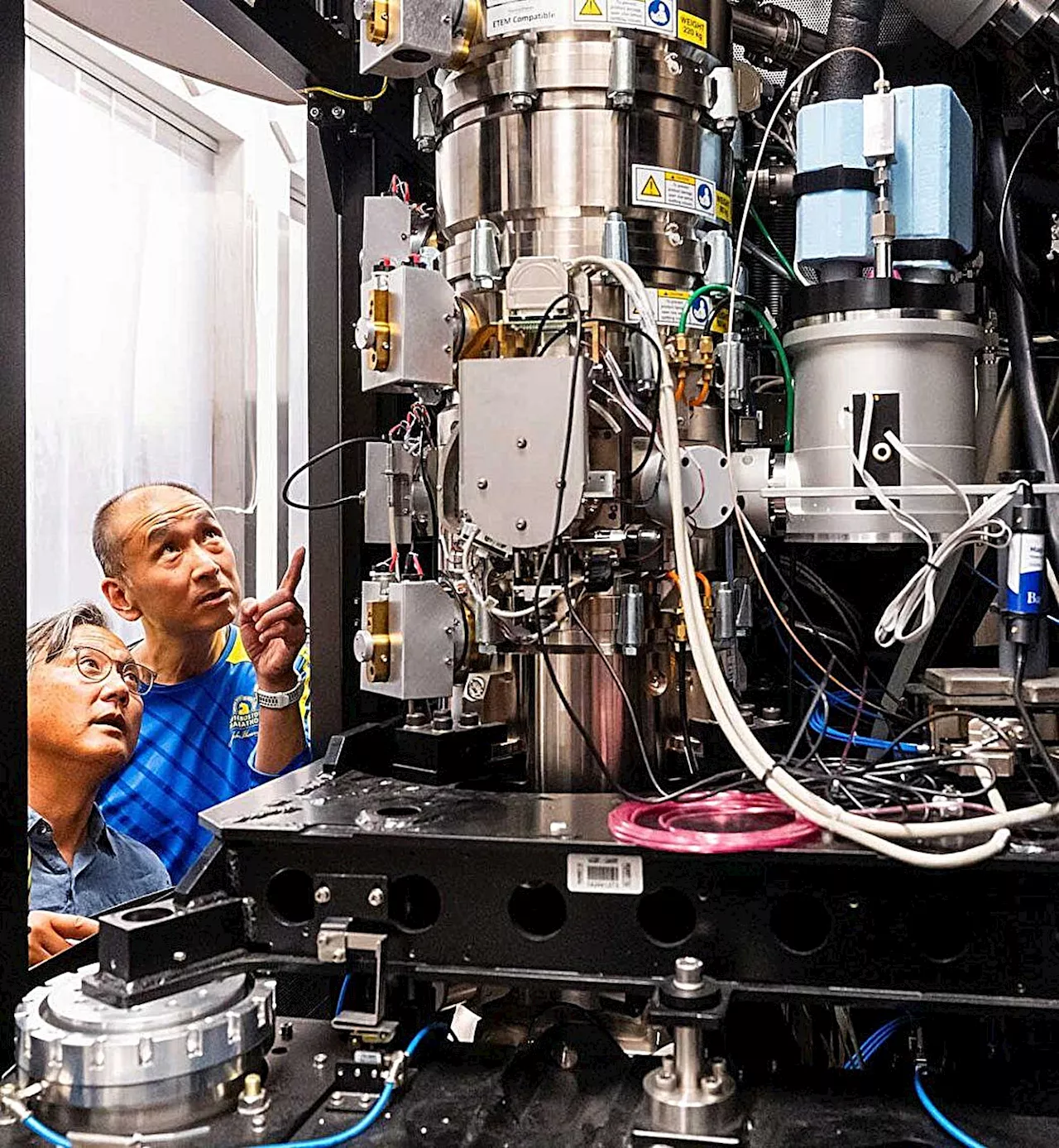The discovery of a stable single-electron covalent bond between two carbon atoms validates a century-old theory.
Covalent bonds, in which two atoms are bound together by sharing a pair of electrons, form the scaffolding that underpins the majority of organic compounds. In 1931, the Nobel Laureate Linus Pauling suggested that covalent bonds made from just a single, unpaired electron could exist, but these single-electron bonds would likely be much weaker than a standard covalent bond involving a pair of electrons.
Now, a team of researchers from Hokkaido University has isolated a compound in which a single electron is shared between two carbon atoms in a remarkably stable covalent bond, known as a sigma bond.
The team used X-ray diffraction analysis to study the crystals and found that the carbon atoms in them were extremely close together, suggesting the presence of single-electron covalent bonds between carbon atoms. They were then able to confirm this using a form of chemical analysis called Raman spectroscopy.
Researchers have used excited-state electron transfer events to 'pump' olefin molecules up and then have them fall back down through a series of favorable steps to ultimately transform into ...
Graphene Inorganic Chemistry Physics Organic Chemistry Materials Science Spintronics Engineering And Construction
United States Latest News, United States Headlines
Similar News:You can also read news stories similar to this one that we have collected from other news sources.
 Disappearing scientists: Attrition and retention patterns of 2.1 million scientists in 38 OECD countriesResearch has been showing that women scientists continue to disappear from science at a significantly higher rate and in higher percentages than men. This is what social scientists have thought for decades—but this is no longer the case today, according to a study published in Higher Education.
Disappearing scientists: Attrition and retention patterns of 2.1 million scientists in 38 OECD countriesResearch has been showing that women scientists continue to disappear from science at a significantly higher rate and in higher percentages than men. This is what social scientists have thought for decades—but this is no longer the case today, according to a study published in Higher Education.
Read more »
 An industrial chemical is showing up in fentanyl in the U.S., troubling scientistsAn industrial chemical used in plastic products has been cropping up in illegal drugs from California to Maine.
An industrial chemical is showing up in fentanyl in the U.S., troubling scientistsAn industrial chemical used in plastic products has been cropping up in illegal drugs from California to Maine.
Read more »
 Scientists discover nonstomatal control of water loss in critical cropsScientists have discovered that certain plants can survive stressful, dry conditions by controlling water loss through their leaves without relying on their usual mechanism—tiny pores known as stomata.
Scientists discover nonstomatal control of water loss in critical cropsScientists have discovered that certain plants can survive stressful, dry conditions by controlling water loss through their leaves without relying on their usual mechanism—tiny pores known as stomata.
Read more »
 Scientists mapped what pregnancy really does to a mom’s brainScientists have taken the most detailed picture yet of the dynamic brain changes that unfold during a pregnancy and early infancy.
Scientists mapped what pregnancy really does to a mom’s brainScientists have taken the most detailed picture yet of the dynamic brain changes that unfold during a pregnancy and early infancy.
Read more »
 Scientists discover how TGF-Beta sends its message even while tethered to the cell membraneFor years, scientists have thought that TGF-Beta, a signaling protein that holds sway over an astonishing array of cellular processes from embryonic development to cancer, could only do its work once it escaped a lasso-like 'straitjacket.'
Scientists discover how TGF-Beta sends its message even while tethered to the cell membraneFor years, scientists have thought that TGF-Beta, a signaling protein that holds sway over an astonishing array of cellular processes from embryonic development to cancer, could only do its work once it escaped a lasso-like 'straitjacket.'
Read more »
 'Spiders on Mars' fully awakened on Earth for 1st time — and scientists are shrieking with joyHarry is a U.K.-based senior staff writer at Live Science. He studied marine biology at the University of Exeter before training to become a journalist. He covers a wide range of topics including space exploration, planetary science, space weather, climate change, animal behavior, evolution and paleontology.
'Spiders on Mars' fully awakened on Earth for 1st time — and scientists are shrieking with joyHarry is a U.K.-based senior staff writer at Live Science. He studied marine biology at the University of Exeter before training to become a journalist. He covers a wide range of topics including space exploration, planetary science, space weather, climate change, animal behavior, evolution and paleontology.
Read more »
